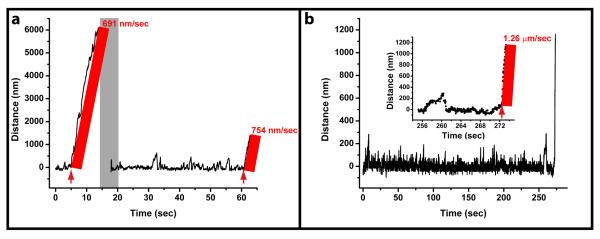Fig. 1. Dynein shows robust motility in the optical trap.
(a) A bead trapped in an 8 mW optical trap is brought near a bare MT and allowed to bind to the MT. At ~ 5 sec, the trap is turned off and motion of the bead along the MT is recorded. When the bead detaches from the MT, the optical trap is turned back on, the bead is recaptured, and again brought near a MT (the period of repositioning is highlighted in grey). The force production events are recorded for an extended period of time. After the recording, the bead is again released by turning the trap off (the times where the trap is turned off are shown by red arrows). The velocity before (~691 nm/sec) and after (~754 nm/sec) an extended period of the bead being in the trap are comparable. (b) A bead was trapped in a 28 mW optical trap (the power used for most data recording in this paper) for more than four minutes. Upon release (see inset for zoomed in portion of the track’s end), the bead traveled at a high velocity (1.26 μm/sec). These results illustrate that dynein motors showed robust consistent characteristics, such as fast travel, even when exposed to an optical trap (as high as 28 mW) for several minutes.

